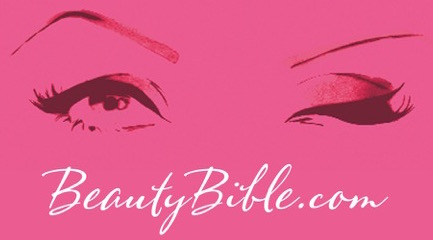Time to talk about drugs
As every parent knows, drug use among young people is a huge concern. Around one in five aged between 16 and 24 used psychoactive drugs in the past year, compared with one in 12 adults. But the problem often starts at a younger age: a quarter of children between 11 and 15 say they have been offered a drug. For many worried parents, a big concern is what to say to their child. Consultant psychiatrist and father Dr. Owen Bowden-Jones has more than two decades of experience helping people with drug and alcohol problems, particularly teenagers. ‘Parents ask the same questions: can I stop my child taking drugs? What signs should I look for? How do I talk to my child about drugs?’ In response, he has written The Drug Conversation: How to Talk to Your Child About Drugs. This simple, excellent book is aimed at parents who want to make sure their children have the best possible information about drugs before they are exposed to them, as well as parents of children who are already using drugs. The relevant facts are concisely distilled, including types of drugs (prescription as well as street) and detecting drug use, plus guidelines on how to start talking. As Dr Bowden-Jones says, ‘Parents find having honest conversations about drugs difficult for good reason: it is really hard to talk about such an emotive and complex issue – rather like safe sex, it has the potential for excruciating embarrassment on both sides.’ I recommend you read The Drug Conversation, but to start with Dr Bowden-Jones outlines some approaches parents have found useful.
• Let your child know in advance that you wish to talk to them about something important, but they are not in trouble. Agree with them on a time to sit down.
• Decide if one or both parents should take part and prepare what you wish to say. Don’t feel as though everything needs to be said in the first conversation. Begin with less personal questions such as, ‘What have you learnt at school about drugs?’ If there is a family history of drug or alcohol problems, explain that may put them at greater risk. Don’t miss out alcohol: it’s the most commonly used intoxicant in adolescence.
• Listen carefully. You want to have a discussion, not to interrogate nor to give a lecture. Aim to find out what your child knows about drugs, if they know people who are using them and how they feel about drug use.
• Your child will be bombarded with misinformation about drugs. Suggest reliable resources such as talktofrank.com.
• Make time for questions – be prepared for them to ask whether you have taken drugs yourself – and always finish with praise. The Drug Conversation is published by RCPsych Publications/£12.99.
WHAT ARE PSYCHOACTIVE DRUGS?
These are chemical substances that alter brain functioning, causing changes in the way you think, feel and behave. They include some prescription medications (eg, benzodiazepines) and can be sedating, stimulating, cause hallucinations or produce an out-of-body state.
WHY USING DRUGS IN ADOLESCENCE IS A REALLY BAD IDEA
The brain puts on a growth spurt at puberty, developing from back to front. Last to mature are the frontal lobes, which weigh up the risks and benefits of an action, so you can decide what to do. Meanwhile, the novelty-seeking reward centre (striatum) is racing ahead. With no mental brakes from the frontal lobes, risk-taking – such as drug use – is more likely, as is subsequent addiction. Psychoactive drugs can inflict long-term damage on the structure and functioning of the developing brain.
I love Dr Bronner’s new natural All-One Toothpaste, formulated to freshen breath, whiten teeth and reduce plaque. Fluoride-free and low-foaming, it contains 70 per cent organic ingredients. In fresh but subtle peppermint, cinnamon and anise flavours/£6.49 for a 140g tube, drbronners.co.uk.
When the rays are beating down on the beach, I shall be protected in my black Une Piece long-sleeved, SPF 50 cossie from UV-conscious Australia. Crafted with 28 ray-defying panels and a front zip, it’s truly flattering. Also in white, red, dark and royal blue/£113, from unepiece.com

